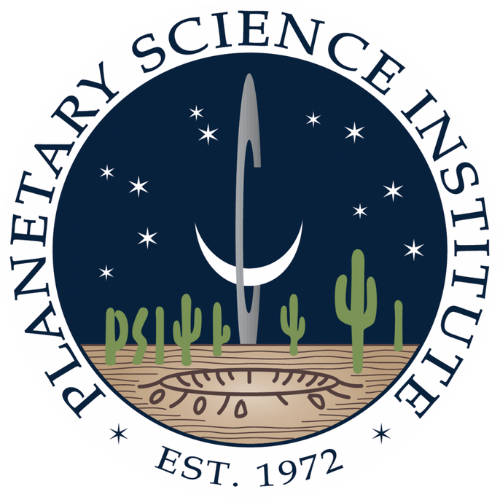When an impactor strikes a planet or moon, the resulting debris, or ejecta, sprays out and around the impact site, a process called ejecta emplacement. Planetary Science Institute Research Scientist Kirby Runyon and his team, which he leads as principal investigator, wanted to see how the details of ejecta emplacement changed at various levels of gravitational force, such as on the Moon, Mars, and Mercury.
“The only way to turn down gravity for more than a few seconds without going to space, is parabolic flight in an airplane,” Runyon said. So, they took to the skies with the company Zero-G Corp. and outlined their methods in a new paper published in The Planetary Science Journal. Runyon also presented it at the 2025 gathering of the Lunar and Planetary Science Conference in the Woodlands, TX.
Parabolic flight is a maneuver where an aircraft follows a curved, parabolic path to create short periods of weightlessness or microgravity, causing objects and people to appear to float weightlessly. For wider arcs, partial gravity, such as the 1/6 gravity of the Moon, can be reproduced.
“In the laboratory, we’re stuck with Earth’s gravity, or one g,” Runyon said. The flight provider, Zero-G Corp. flew 10 Martian (2/5 of Earth gravity, or g for short), 10 lunar (1/6 g) and 10 micro-gravity (near-0 g) parabolas in December 2021 and March 2024. Serendipitously, Martian g is comparable to that of Mercury; and lunar g is comparable to the Galilean moons Io, Europa, Ganymede and Callisto; as well as Saturn’s moon Titan, according to the paper.
On these flights, Runyon’s team installed an acrylic glovebox containing a catapult loaded with colorful crushed sidewalk chalk as the artificial ejecta. During the 20 to 30 seconds of reduced gravity flight, the catapult launched their ejecta and recorded its emplacement on video with GoPro cameras. Each experiment only took about 2-3 seconds of the flight time.
“These parabolic flights are an underutilized research tool for experimental geologists, especially planetary geologists, since we’re interested in places where the gravity is less than Earth,” Runyon said. “A lot of my experimental work is trying to understand processes like ejecta emplacement because we don’t see big craters forming on the Moon or planets today, so lab experiments are necessary to match what we see with how they form.”
Next, Runyon and his team will publish a paper on the actual science results. He also hopes to propose a study on landslides at different gravities.
“I just love doing zero g flights,” Runyon said. “I’ve flown 21 times. It’s literally one of the most amazing feelings you can have, to have the gravity just suddenly turn off around you float, or to have Moon gravity and bounce around. The science is pretty interesting, too.”
The PSI portion of this work was funded by NASA grant SSW 80NSSC21K0150.

